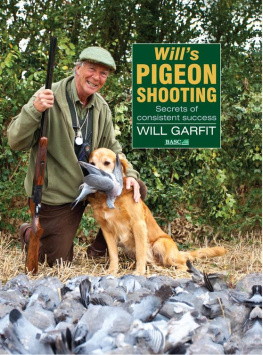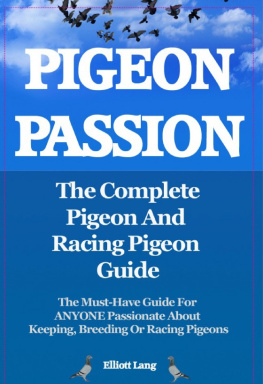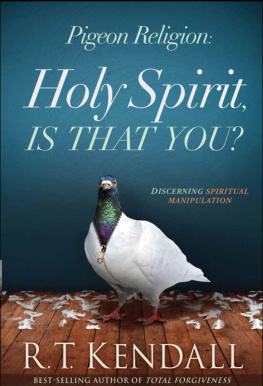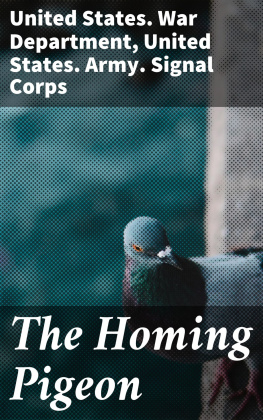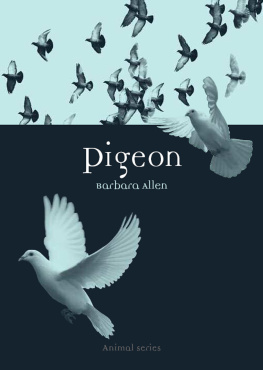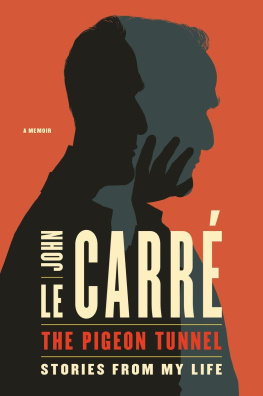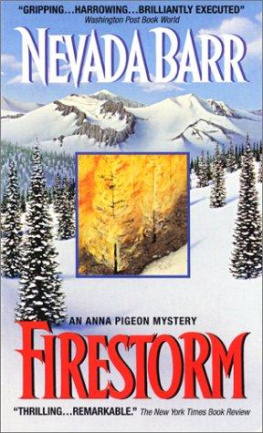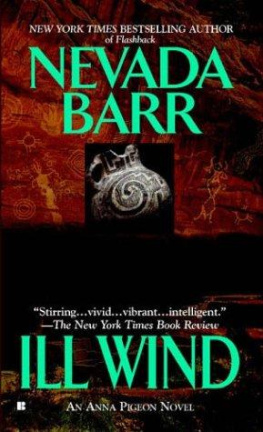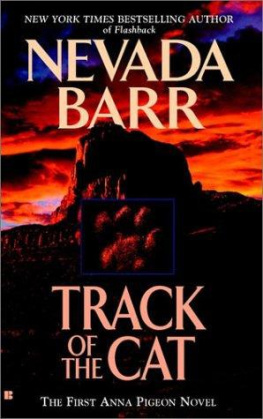Shooting pigeons, despite their numbers, is no easy task. It requires careful reconnaissance, serious field craft and considerable shooting skill. Will Garfit possesses all these qualities in abundance. Here he has distilled a lifetimes experience into a magisterial guide to pigeon shooting that looks at every aspect of the bird, its behaviour and how to successfully tackle the vital task of controlling pigeon numbers.
Woodpigeons breed prolifically and move around the countryside rapidly in response to food availability and changing agricultural cropping practices. We see lots of them every day in both town and country. For many of us they provided our first experience of shooting, and our understanding of the countryside and the balance between man and Nature.
Pigeon shooting is essential for the prevention of serious damage to valuable crops. The range of techniques and their responsive and humane deployment are part of the equation, whether at the roost in winter or in the immediate vicinity of vulnerable crops and all stations in between.
Pigeons can also be one of the most graceful birds. This paradox of woodpigeons as constituting a serious threat to crops, respected quarry of the sportsman and object of beauty for all, is one that has proved especially taxing for lawmakers, licensing authorities and pigeon shooters themselves. But this book is principally about how to do it, not the arcane convolutions of European jurisprudence and the general licences which provide for the shooting to take place.
I heartily recommend this book to anyone who shoots pigeons; for the experienced Shot it will open new avenues to success, for the novice it is essential reading.
First I would like to acknowledge and thank Andrew Johnston of Quiller Publishing and Jeffrey Olstead of the BASC for their vision for a new book on woodpigeon shooting and inviting me to write it in my way, not as a textbook but in a personal style, sharing my experiences over many years with my enthusiasm, passion and respect for the woodpigeon which produces such wonderful sport for many who shoot.
As this book was instigated by the BASC as a comprehensive guide to both experienced pigeon shooters and those wishing to learn the art of pigeon shooting, it is appropriate that John Swift, the BASC Chief Executive, should write the Foreword. I am grateful to him and he highlights the important role that the BASC plays in looking after the best interests of, not only pigeon shooters, but all who shoot live quarry whether for sport or crop protection.
A number of special people have helped to create this book with their own talent and expertise. Editing is an important part of producing a coherent text and in this case I am most grateful to Jeffrey Olstead for extensively tweaking the text to ensure that the instructional passages read clearly and that the whole represents the voice of the BASC. Also, thanks to Martin Diggle who edited on behalf of Quiller Publishing and Sharyn Troughton who has imaginatively and successfully designed the book.
I am most grateful to Dr John Harradine of the BASC for his two Appendices which cover the official line of the EU Annual General Licence, under which the woodpigeon can be shot throughout the year. Also for his authoritative comments of the science behind the selection of gun and cartridge to shoot woodpigeons most effectively and ethically.
Also, on authoritative science-based information, I must acknowledge the work done by Dr R.K. Murton and Ian Inglis and published in The New Naturalist series book The Wood-pigeon (Collins, 1965). Whilst significant agricultural developments have occurred since then, the biological facts relating to the bird have not changed and are therefore relevant to readers today.
Paul Stancliffe of the British Trust of Ornithology (BTO) has been personally interested in woodpigeon distribution and migration. His research and my observations have led us both to agree on this controversial subject.
Statistics from research published by the Game and Wildlife Conservation Trust (GWCT) have been important. I would like to thank Gillian Gooderham, who manages the National Gamebag Census, Nicholas Aebischer for his work published in the Journal of Applied Statistics in 1995 in which he investigates the effects of hunting on the survival of British pigeons and doves by analysing ringing recoveries and Stephen Tapper who, with Brian Boag, published the report The History of some British Gamebirds and Mammals in relation to Agricultural Change.
I am grateful to Dr John Harradine of the BASC for the information available in Woodpigeons, Woodpigeon Shooting and Agriculture (1997), based on his work with Nicola Reynolds, and also for his permission to use pie charts to illustrate points in Figures 1, 2 and 3.
Good photographs are an important element of a book such as this and I am most grateful for permission to use examples by three talented photographers, Charles Sainsbury-Plaice, Don Brunt and Rupert Watts. Other, less professional, photographs are my own.
I would like to thank my wife, Gina, for patience with my passion for pigeon shooting and for her selection of recipes. She is a wonderful cook and has included her favourites, some based on those from friends like Steve Wright, Tony Cooper, Andy and Kitty Hill. Others are those of Prue Coats, the doyen of game cookery, who has published several books on the subject and as the wife of Archie Coats was never short of pigeons on the menu.
Chapter 12 is a selection of articles from the Shooting Gazette for whom I have written a monthly page since 1995. I am grateful to the editor, Will Hetherington, for permission to use these as well as the sub-editor, Martin Puddifer who, for the last few years, has had to decipher my handwritten pages of A4 which drop on his desk by fax.
Finally, my grateful thanks to Veronica di Mambro who also has managed to read my handwriting and has typed the manuscript to evolve on screen in a way that has allowed those involved at Quiller Publishing to have created this book.
Starting from the premise that the woodpigeon is the prime avian agricultural pest and does serious damage to crops throughout the year, it is not surprising that attitudes to the bird fall into two camps. Most farmers hate the woodpigeon, yet there are many of us who find it the most fascinating and sporting bird in the world; not only because it can produce every variety of shot in the book but because the shooting is only one part of the challenge. For you, the pigeon shooter, to get into the right part of the right field, on the right day and at the right time of day creates so many elements of decision based on reconnaissance, fieldcraft and experience. It is therefore a sport you make for yourself. So satisfying if one gets it right, culminating in good shooting despite the many factors that can undermine the perfect day against this clever bird. I hope that in this book I can help to address the many varying factors that can make or break a day whilst sharing my love, enthusiasm and respect for the bird itself. I am not a professional pigeon shot but an enthusiastic amateur. Over the years I have learned what works for me to shoot consistently good average bags and hope to pass on these ideas to you.

